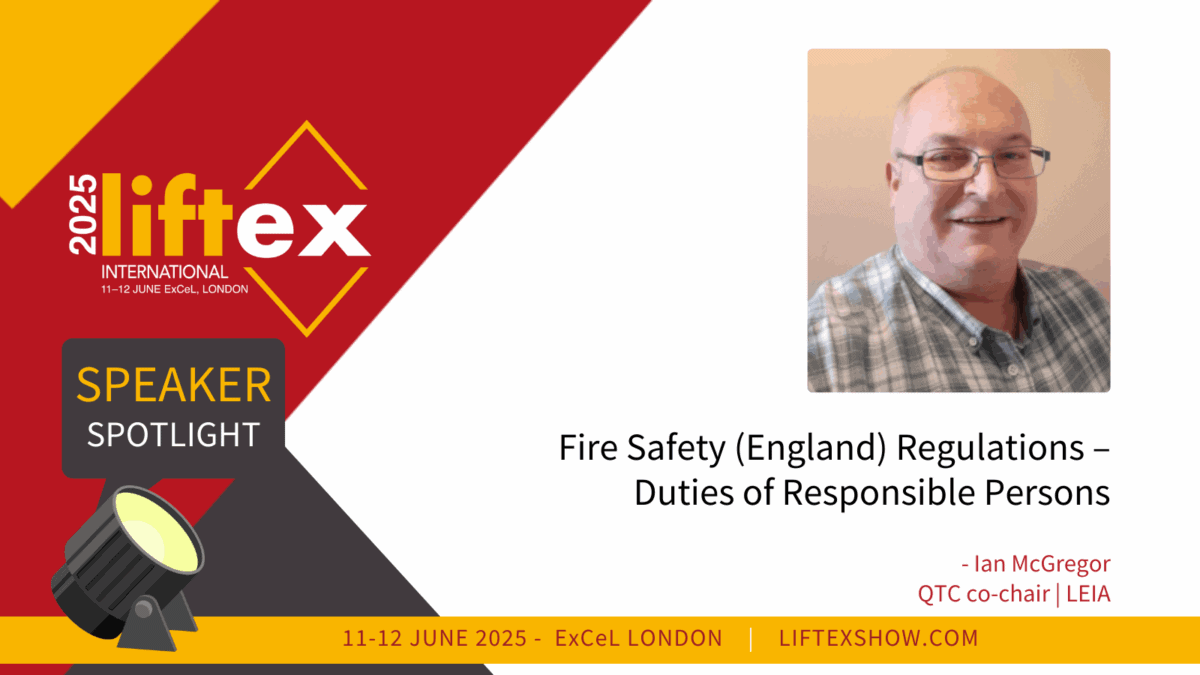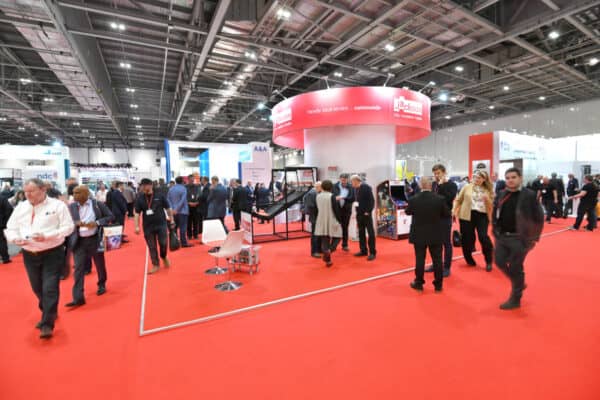60 seconds with Ian McGregor QTC co-chair, LEIA

Tell us about your background. How did you get into the industry?
44 years! I started in the lift industry the week after my final school exam’ in June 1981, serving a Technician’s Apprenticeship with the UK Lift Company Ltd in Watford (initially called Power Lift Engineering Ltd). After completing my apprenticeship, I worked in the design / drawing office for a couple of years before a field position, still with UK Lifts, caused me to re-locate ‘up-North’.
Greener pastures tempted me away in 1988 and gave me the opportunity of being part of a newly founded lift company called Independent Lifts Limited. In 1996, I became co-owner and Technical Director of the company. My MSc in Lift Engineering is the highest academic qualification, achieved in 2005. In 2008, I sold my shares to Orona Limited, who I am still employed by today in the same position as Technical Director.
What does your role on the LEIA QTC involve?
I have been a member of the Quality and Technical Committee (QTC) since 2011, and Co-Chair since 2021. QTC is a team of industry experts working on industry-related issues. They provide technical advice to LEIA members through technical bulletins, and provide technical information to the wider public through Owner News articles. I support LEIA at various Government, HSE, and approved body meetings. I represent LEIA at the European Lift Association (ELA) Safety Accessibility and Efficiency Lift (SAEL) Working Group. I am also a member of BSI MHE/4 working on the revision of lift related standards.
What are the most common compliance challenges you’ve observed among building owners and managers?
General lack of knowledge, and a misconception that the requirements of the Fire (Safety) England Regulations 2022 require the responsible person to employ a specialist lift company to carry out the checks. The checks required are ‘simple functional checks’ that can be carried out by the responsible person or building maintenance personnel.
How do these regulations interact with other existing fire safety standards and guidance documents?
The Fire Safety (England) Regulations 2022 support the Regulatory Reform (Fire Safety) Order 2005 (FSO), and can be used as a basis of demonstrating compliance with the FSO. Associated fire-related Standards are BS 9999, BS 9991, and BS 8899.
For older buildings with ageing lift systems, what special considerations should responsible persons keep in mind when implementing these checks?
Know your equipment – Fire related provisions for lifts have changed over the years from simple fire controls, to the latest state of the Art compliant to BS EN 81-72:2020. BS 8899 provides help and guidance in the identification of existing facilities. The LEIA Guidance Note ‘Operational checks and inspections of lifts for use by firefighters, evacuation lifts, and lifts with recall’ provides useful guidance and also points back to BS 8899.
What should delegates expect to take away from your talk?
A good understanding of lift related regulatory requirements of The Fire Safety (England) Regulations 2022.
Ian will be speaking in the seminar theatre on Thursday 12th June at 12.20. His session is entitled ‘Fire Safety (England) Regulations – Duties of Responsible Persons.’
RECENT BLOG POSTS
Micky will be speaking in the seminar theatre on Wednesday 11th June at 12.00.
Read More10 tips on getting the most from your visit.
Read MoreMany building owners and facilities managers aren’t fully aware of their extensive legal obligations when it comes to managing lifts in your buildings.
Read MoreThis session is essential for building and facilities managers looking to understand their obligations and implement effective lift modernisation strategies.
Read More




